Seven expert tips for getting into the inflight work zone
Business travel typically means working at 30,000 feet: here are some strategies to stay productive but still enjoy your flight.
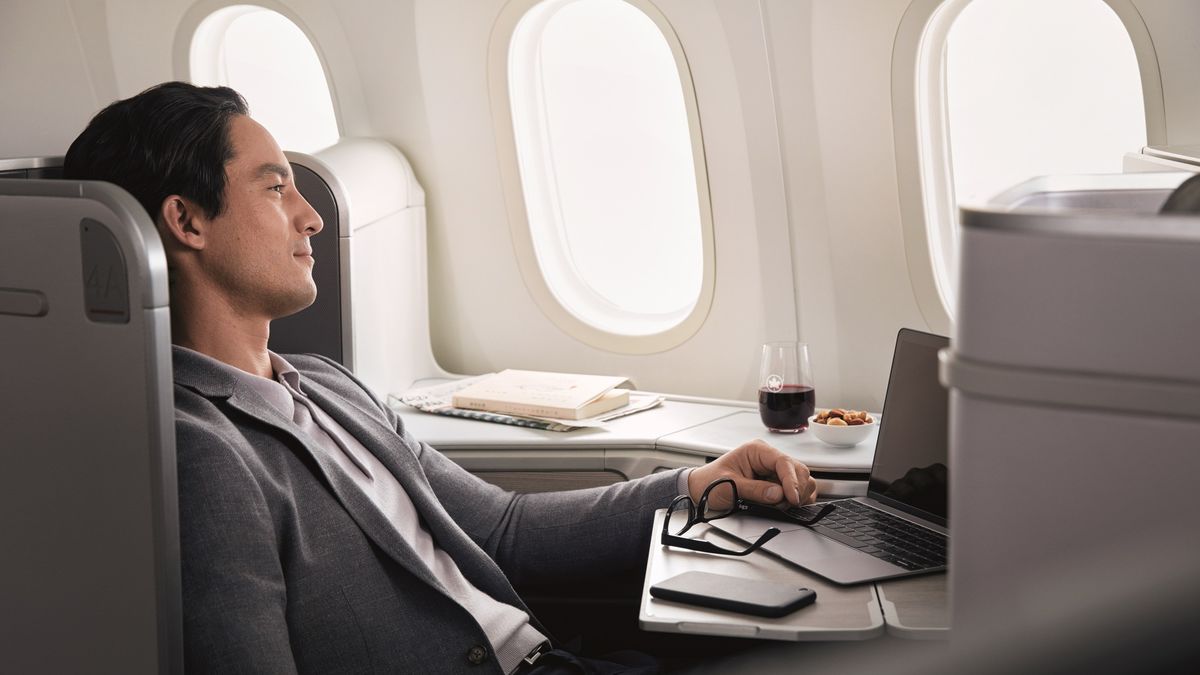
For many travellers, the moment the plane takes off is when their holiday really begins. It’s an increasingly rare slab of time to relax, watch a movie, read a book, have a short daytime snooze – or, if the flight’s long enough, to do all of those.
But for business travellers, much of that time in the air is given over to work. Some argue that it’s even more productive than being on the ground because you can focus for hours on a single project without phone calls or interruptions from other workers.
If there’s work to be done during your next flight, here are some strategies to stay on track.
1. Charge your laptop at the airport lounge
Yes, the very latest laptops make claims of ‘all day’ battery life.
But we know those promises don’t always hold true in the real world, so get into the habit of plugging the laptop in at the airport before an international flight, in case you can’t rely on an inflight recharge – something that happens more that you may think.
Sometimes the power socket in your seat won’t work, and if it’s a full flight you can’t be moved to a seat where there’s juice on tap. Some older aircraft and seats have a restricted AC power flow that's insufficient to charge a larger-screen laptop.
Part of this is to also add a multi-plug AC adaptor to your carry-on kit. This isn't just for use in airport lounges which have only a local outlet, such as you may encounter during a transit stopover.
It can also be useful to ensure a tight fit into the aircraft's in-seat AC outlet, especially for Apple laptops where the relatively heavy power supply coupled with short AC pins (such as the US type) can make the power brickette unsteady and see it too easily knocked out of the socket compared to the thicker three-pronged UK plug.
2. Drown out the noise
Noise-cancelling headphones are a must-have for your travel kit.
Even if you’re not listening to music, slip these on and flick the switch to push down chatter and clatter in the cabin plus that constant mind-numbing drone of aircraft engines.
Just be sure to pack a spare AA or AAA battery into the headphone case in case you need a mid-flight battery swap – or, in the case of headphones which use a rechargeable battery, charge them at the lounge or top them up during the flight.
3. Flying in economy? Spread out
If your frequent flyer status or the flight’s passenger load allows it, at checkin or the lounge, ask if you can have the seat next to yours ‘blocked off’ (airline jargon for it being left empty ) so you can spread out your work using that spare seat as well as its tray table.
You’ll also be able to wedge your laptop bag under that seat during flight, to keep everything within reach without compromising your own precious legroom.
4. Be realistic
Set realistic expectations of how much work you’ll do on the flight. Rarely will a ten hour trip mean ten solid hours of work. It might not even mean five hours of work.
It’s all too easy in that rushed day before you travel to tell yourself that you’ll catch up during the flight, you’ll bash out that report or presentation uninterrupted.
But you never feel as sharp during a flight as you do on the ground.
There’s less oxygen circulating in the cabin, and that combined with the low cabin pressure and humidity levels contributes to you feeling a bit tired and not nearly as productive. And this is before that glass or two of wine…
5. Don’t forget to sleep!
That said, some people get ‘into the zone’ and end up working all the way through a long flight. But this can be the fast track to jetlag, especially on flights to the US which touch down early in the morning.
If your body clock is still set to Australian time when you land in the US, you’re in for one of the most unproductive days you can image – and one which could easily negate the benefits of working all the way through your flight.
So pace yourself, and plan what duration of the flight you’ll work through and when you’ll grab some shut-eye.
And remember: you’re guaranteed to have a less restful sleep in the plane than you would at home, and you’ll probably end up waking almost hours before landing, as breakfast is being served.
6. Take advantage of the ‘elevated’ experience
There's something special about being above the clouds. You can leave your work-a-day world behind and let your mind wander. So think twice about a heavy-duty session hammering away at your laptop, just like you might do at your office.
Instead, sit back and think. Think about that project, that new business idea, that change to a process. Swap the functional mode of keyboard and screen for a more creative, free-thinking approach. It could turn out to be the most productive part of your flight.
7. Plan your work, then work to your plan
Meals make for a complication in all this. Most flights departing Australia tend to serve a meal within two hours of take-off, which can be just when you’re firing on all cylinders with that report or presentation.
After dinner and a glass of wine you’re well into the flight and tiredness starts to settle in.
One way to handle this is to attack the largest and most urgent slabs of work as your priority. Use some time in the airport lounge to start getting them into shape – and keep working on them for the 20 minutes between boarding and when you're ready for take-off, then pick things up again once you're flying.
By the time your meal arrives you'll usually ready for a break. If not, opt for the ‘express meal’ to save time, or ask that your meal be held back and served when you're ready – especially if you've chosen to take your main meal in the lounge and can then have a lighter spread of starters and salads.
Post-dinner can be 'optional' time for attacking small tasks such as emails, invoices and shorter documents – basically nibbling away at the workload for another hour or two – but at pretty much any time you can switch off to catch a movie or some sleep, still having tackled the bulk of your work.
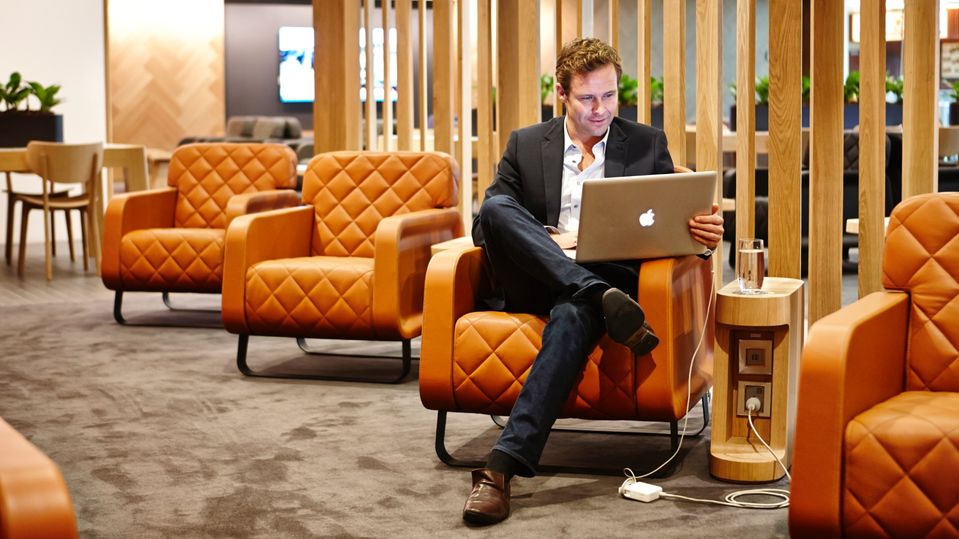

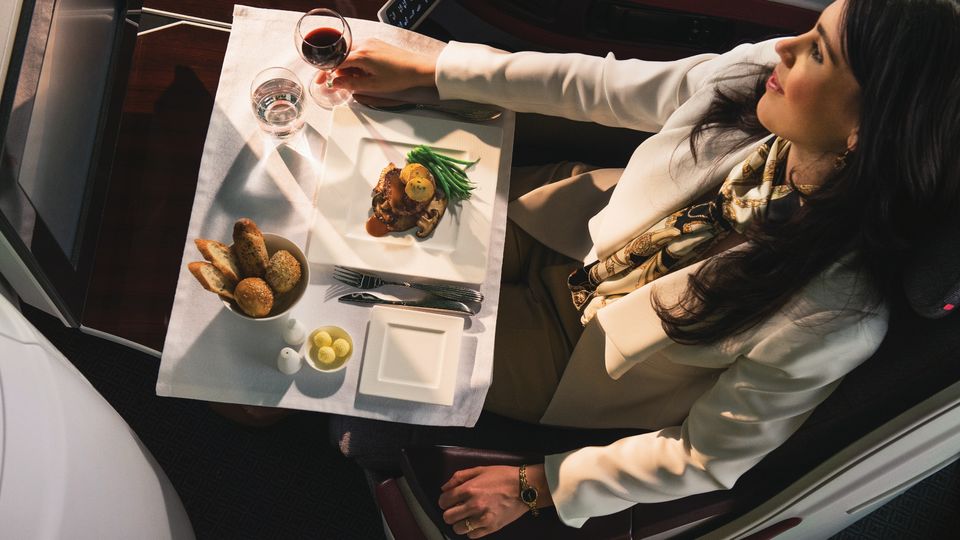
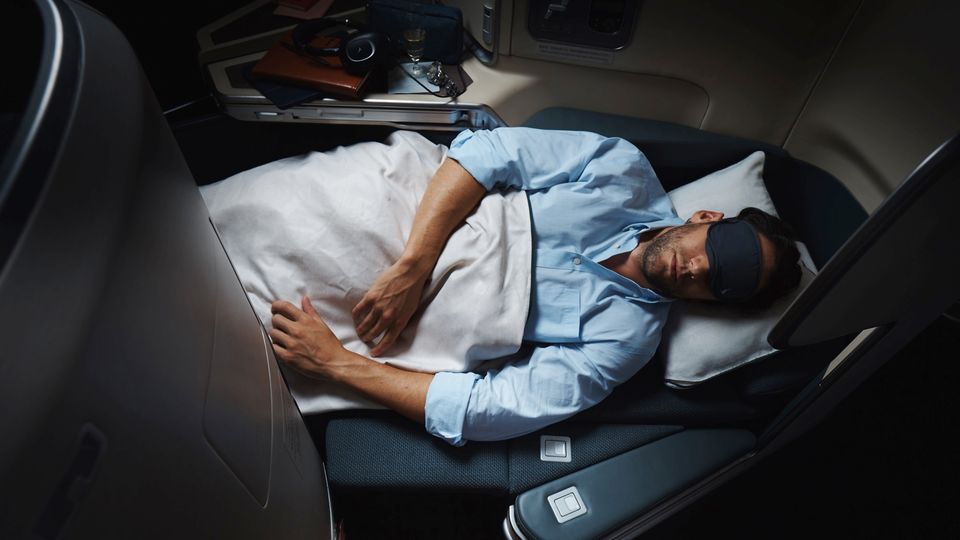
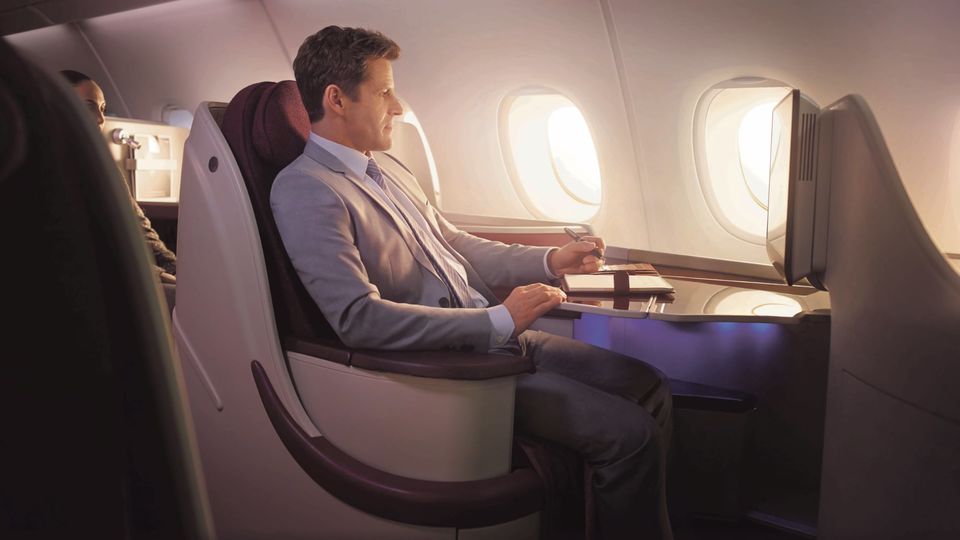
Qantas - Qantas Frequent Flyer
23 Apr 2019
Total posts 3
I would add: know whether you'll have wifi or not, and ideally how good/fast/reliable it is. And have a plan to get your work done without it if need be – if there's information you need from the internet, or files you need to access remotely, get it sorted before you board or take off. It's tempting to think you'll be able to focus on a creative or complex task without the distractions of the office... only to realise you're missing crucial information or resources.
28 Mar 2018
Total posts 30
Aircraft are public spaces, consider the type of work you may be doing. If sensitive work is a must, the type of seat matters. In a window seat you can better angle the screen away from prying eyes.
Sod's law also says that, while inflight and far from IT support, the company laptop will chose to generate a crazy error message that is only ever triggered by a change in atmospheric pressure.
Hi Guest, join in the discussion on Seven expert tips for getting into the inflight work zone